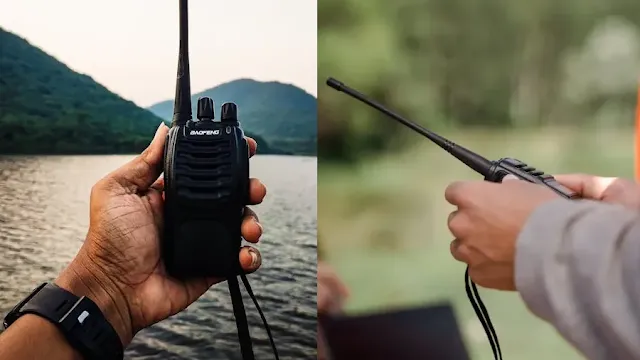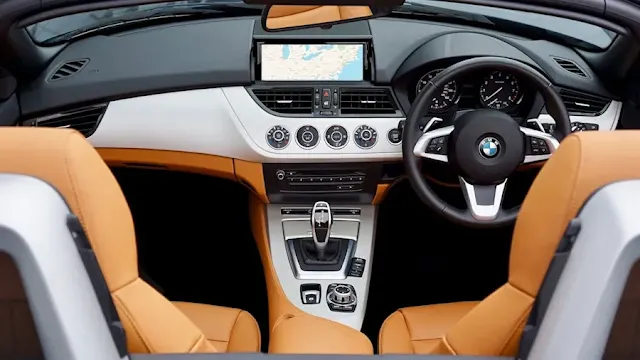 India Custom Duty on Alcoholic Beverages
India Custom Duty on Alcoholic BeveragesRed Label Johnnie Walker / Chivas Regal
Latest Update
India Custom Duty on Alcoholic Beverages
Free Allowance on Alcoholic drinks
How many liquor bottles allowed to carry from abroad ?
Alcoholic liquor or wines upto 2 litres can be bought to India without paying duty.
Alcoholic drinks and Tobacco products imported in excess of the free allowance are charged to duty at the rates applicable to their commercial imports and not at the usual baggage duty rate.

Today, we're diving into an exciting and perhaps slightly intoxicating topic: India's custom duty on alcoholic beverages. Whether you're a connoisseur of fine wines, a lover of aged whiskies, or simply intrigued by the complex world of import duties, you're in for a treat. Let's unravel the intricacies of India's custom duty system and how it affects your favorite spirits, ensuring you're well-informed for your next international purchase or visit to this vibrant country.
A Toast to Understanding: The Basics of Custom Duty
Custom duty, in essence, is a tax levied on imports (and sometimes exports) by a country's customs authorities. It's a way to regulate the flow of goods across borders, affecting the price of imported items, including alcoholic beverages. India, with its vast population and diverse culture, has specific regulations and duties that directly impact the cost and availability of imported alcoholic drinks.
What is the customs duty for alcohol in India?
Stirring the Pot: India's Custom Duty on Alcoholic Beverages
 India's approach to custom duty on alcoholic beverages is as rich and complex as the beverages themselves. The duty structure is designed to protect local producers, regulate consumption, and generate revenue. It involves a blend of basic customs duty, additional customs duty, and other taxes that can significantly increase the retail price of imported alcoholic drinks.
India's approach to custom duty on alcoholic beverages is as rich and complex as the beverages themselves. The duty structure is designed to protect local producers, regulate consumption, and generate revenue. It involves a blend of basic customs duty, additional customs duty, and other taxes that can significantly increase the retail price of imported alcoholic drinks.
Basic Customs Duty (BCD): This is the primary layer of tax applied to imported goods, including alcoholic beverages. The BCD on alcoholic drinks can be quite high, reflecting the government's policy to encourage local production.
Additional Customs Duty (ACD)/Countervailing Duty (CVD): ACD or CVD is imposed to counterbalance the excise duty that local products attract, creating a level playing field between imported and domestic goods.
Goods and Services Tax (GST): On top of the BCD and ACD, imported alcoholic beverages are also subject to GST, further influencing the final cost.
Health Cess, Social Welfare Surcharge, and Other Levies: Depending on the type and origin of the alcoholic beverage, additional cesses and surcharges can apply, adding another layer to the overall duty structure.
Navigating the High Seas: How It Affects You
The multifaceted duty structure on alcoholic beverages in India means that the price of imported drinks can be significantly higher than in their countries of origin. This has several implications:
For Travelers: If you're visiting India and plan to bring a bottle or two of your favorite liquor, it's crucial to be aware of the duty-free allowances and the potential costs if you exceed these limits.
For Importers and Retailers: Understanding the duty implications is essential for pricing strategies and inventory selection, balancing between offering a diverse range of international spirits and maintaining competitive pricing.
For Consumers: While the high duties may limit the accessibility of certain international brands, they also encourage the exploration of India's burgeoning local craft spirits industry, which is producing some exceptional beverages.
The Spirit of Inquiry: Keeping Informed
As the landscape of international trade and taxation is ever-evolving, staying updated on the latest duty structures and regulations is key. Whether you're a casual enthusiast or a professional in the industry, keeping an eye on official announcements and changes in the duty rates can help you navigate the complex world of alcoholic beverage imports in India.
Cheers to Knowledge!
Navigating India's custom duty on alcoholic beverages may seem daunting at first, but armed with the right information, it opens up a world of understanding and appreciation for the art of spirits. Whether you're toasting with a locally distilled gin or savoring an imported single malt, being informed enhances your enjoyment and respect for each sip. Let's raise our glasses to a deeper understanding and a spirited exploration of the world of alcoholic beverages in India. Stay curious, and keep exploring!
Remember, dear readers, this journey through the customs and excitements of alcoholic beverage importation in India is just the beginning. Keep checking back for more insights and updates, and as always, drink responsibly and savor every drop of knowledge along the way! Cheers!







